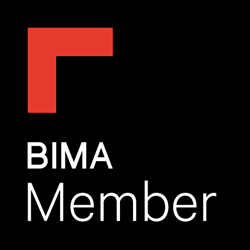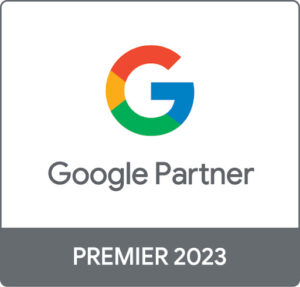What is SEO?
In 2010 Nick, Co-Founder of Seed wrote a blog named “What is SEO”. Rewinding 7 years ago, SEO best practices were the hot topic in the industry and something that was a relatively new channel to explore. Fast forward to 2022 in the fast-paced digital age we find ourselves in, SEO has become a standard tactic for businesses to employ in order to grow and gain market share over competitors.
You may notice in the blog from Nick in 2015 that it is on the lower end of the word count – this is a good indication that shows how much more prominence there is on SEO in 2022.
In this blog, I reflect back on what SEO was and what we know about it now – over 7 years later…
“Short for Search Engine Optimisation, SEO is the process of attempting to increase a website’s position for organic, natural or not paid for search engine rankings.” – Nick. Whilst this definition has not changed, the intricacies of SEO certainly have developed.
So – what does it mean today, and how has it changed over time?
What is SEO Now and How Has it Changed Over Time?
Search Engines
“Well, with over 131 billion searches on the Internet per month – it’s pretty safe to say that search engines play a very important part in society” – Nick. This is not only still true today, 7 years later, but on Google alone, there are over 3.5 billion searches per day (on average 108.5 billion a month) and upon comparing the number of internet searches back then to now, this number continues to rise. In fact, “Google, which is said to have an 85% market share” – Nick 2015, now has gained even higher dominance and makes up a huge 92% of the market share worldwide today. Whilst Google has always been a key player in the industry, it is now more important than ever to optimise for Google.
For each query, Google is searching the web to display the most relevant and authoritative result that meets a user’s search query and provides them with a solution or answer. For example, if you type into Google ‘SEO Agency Brighton’ you will see that our agency appears in the top position. The purpose of SEO is to appear on page 1/in the top 10 positions, with the primary goal obviously appearing in position 1. Over the years however, internet usage has grown and competition has rapidly increased. It is now more challenging than ever to compete in SERPs. The higher up in search results you rank, the greater your visibility in the market, thus increasing the number of impressions (and potential traffic) you’ll receive. According to a study of billions of search results, over 25% of users click on the first organic result.
You will notice that for many keywords, ‘Ads’ are often the first listings that you will see; this is known as Pay-Per-Click advertising (PPC). In contrast to this, when employing SEO tactics and best practices you are not paying money to gain the listing in Search Engines (in this case Google) but are actually optimising individual pages on your website so that they appear organically in results pages – as with the above example of Seed’s ‘SEO Agency Brighton’.
Device
In 2012, nearly all web traffic came through desktop (roughly 89.%). In 2022, worldwide statistics now show that mobile overtakes desktop for internet usage – making up 56% in 2021 and continuing to rise! Whilst this may sound like still a fairly even split, noticing the trend, search engines now recognise and will ‘favour’ mobile-first websites as they provide the best user experience across all platforms and devices. Mobile-first optimisation is essentially a requirement to compete with other brands in today’s market. Effectively said by Google themselves, the mobile version of a website is how a website will be indexed, playing a large role in rankings.
Omni-channel Marketing Approach
Potentially, one of the largest changes in the last 10+ years is that in order to employ successful marketing, you won’t simply use one individual channel anymore, it’s all about deploying a cohesive, omni-channel marketing approach. Putting a well thought out marketing strategy in place across multiple channels can help to target and engage customers at each key touchpoint in their journey. Whether this be SEO, Paid Social, Email Marketing or PPC – they are all important and can influence other campaigns!
Which we all know, plays a growing role in good SEO. SEO now takes into consideration posts, shares and other social signals that indicate your content as valuable; so don’t just stick to one channel! Guide your customers along their journey from the research phase of the funnel right through to the transactional phase.
What are the Different Areas that make up SEO?
Broadly speaking, SEO can be broken down into three main areas that you should focus on in order to optimise your website’s visibility in Search Engines today.
1. Keyword Research & Content SEO
Content is a key part of SEO and has been since the beginning. The key goal of SEO is to increase visibility in SERPs, drive traffic to your website and grow your business economically. Well, you can only do this if people can actually find your content! Therefore a priority of your SEO efforts should include a content plan that targets what we call ‘keywords’ in order for users to find a page on your website.
A keyword is essentially any search term that people will use to find content that meets their needs. As with the previous example earlier, keywords will trigger different types of content depending on the intent behind it. In our previous case, searching ‘SEO agency Brighton’ indicates that whilst a user could be looking for more information on what this particular term is (informative) they are more likely looking for a service (transactional) and therefore agencies offering their SEO services have a higher chance of ranking over a blog targeting the same keyword.
After you search a keyword or phrase, Google will then present you with the option they deem most relevant to your query. This can range from online shopping, online reviews, to blogs/guides that give you more information on your topic (again based on the search intent).
Simply put, producing content that is optimised for relevant keywords to target a specific audience increases your chances of being discovered by users, thus sending more traffic to your site and by doing so, has the potential to increase revenue.
Keyword best practices won’t stop in 2022, and year on year algorithms are becoming more advanced and driven by AI data. Do you think Nick forecasted ‘Voice Search’ back in 2015? So in the same manner, we are intrigued to see what’s in store next.
2. Technical SEO
Technical SEO involves getting into the nitty-gritty of a website and analysing overall performance. It is all well and good to write a bunch of content that targets specific keywords that bring users to your site, but if they get there and realise the functionality of a website is poor and offers bad user experience, then these users are likely to ‘bounce’ and your efforts will have been for nothing.
User experience is a large part of SEO and heavily contributes to your visibility in SERPs. Therefore an additional part of your SEO strategy should focus on fixing and improving technical aspects of your website such as, site speed (including on-page loading and responsiveness), structural hierarchy that prioritises areas of the website that users most engage with and accessibility through breadcrumbs (trails of internal links throughout the website) and ease of navigation.
No matter how functional your website is, there are always areas that you can improve and optimise and the more granular you go with technical SEO, the more it can feel like learning a completely new language!
Discover the power of technical SEO from one of our case studies!
3. Link Building
A seemingly growing area of SEO, link building has crept up in recent years and is a factor that many people often overlook when it comes to optimising their website. Authority plays a big part in Google’s ranking algorithms and can be a tricky area to build on. Previously, effective link building included building a vast number of links to your website, in which Google would reward you with higher rankings. Now this practice is considered “black hat SEO” and can lead you to receive a severe Google penalty.
Now in 2022, link building is the activity of organically building up your profile of referring domains. In other words, the number of relevant, quality websites and web pages that link back to your website. This is important in Google’s eyes as the more trustworthy websites that view a piece of content as authoritative and worthy to pass on to their own users must be beneficial! At the end of the day, Google wants to present a user with the most relevant content that meets their query, so the more that others recognise when something is informative, helpful and trustworthy, perhaps the more satisfied users will be to find this. Make sense?
Link building can often be the final push to improve a targeted page as well as your website visibility overall.
See some of our case studies for the success link building can have on your performance.
Final Summary – What is SEO and how has it changed over time?
In a digitally focused world where everyone is trying to reach their target audience and rank in their particular industry, it’s fair to say that our methods and understanding of what SEO is today compared to 12 years ago, had to evolve with the constant algorithm updates and changes in user behaviour in order to keep up with the competition!
With the ever-increasing number of websites that are competing in SERPs rising year on year, search engines such as Google have had to update the way that they discover the ‘best’ pages for the job. Tactics of the past that included keyword stuffing and buying non-relevant links in bulk just don’t seem to cut it anymore! Google is becoming more and more advanced in its methods to find high-quality content and relevant information from reliable sources. As Nick wisely said, “SEO is deeper than just writing good content and getting people to link to it. SEO is a long process and should be combined with a well-researched and structured digital marketing strategy”.
But what does this mean for SEO? Basically… evolve with the internet! Don’t just stick to old habits, trial new ideas, test out optimum content length, take a deep dive into your website and CMS and finally, with the regular Google Core algorithm updates, you can never do too much research and analysis!
To get ahead of the game with ongoing updates in SEO and how to effectively rank in SERPs, stay up to date with our blogs on the latest industry news…










